
VR Science Lab
Case Study on VR Science Labs
Our Clients

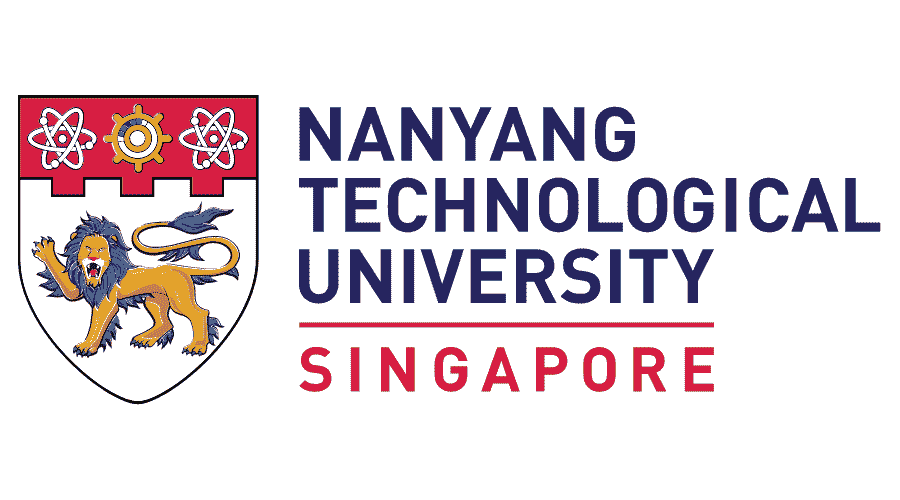

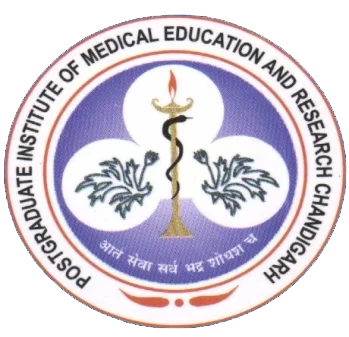

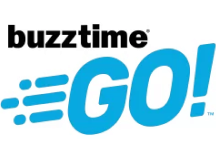
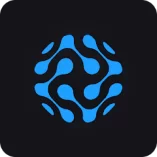

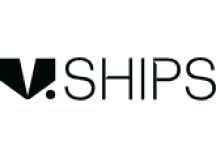
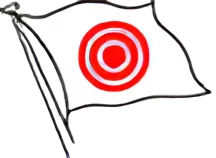

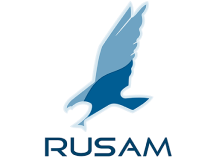



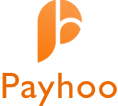
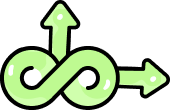

Problem Statement
Our client faced the challenge of providing immersive science education experiences to students within the constraints of limited physical resources. They sought a cutting-edge solution that would enable students to engage in hands-on experiments and exploration, transcending the boundaries of traditional classrooms and laboratories. The client envisioned a transformative platform that would leverage virtual reality technology to create virtual science labs and experiment centers, revolutionizing the way science is taught and learned.


Our Approach
To address the client's challenge and deliver a truly groundbreaking solution, our team embarked on extensive research. By closely collaborating with the client and understanding their vision, we amalgamated our team's expertise with their aspirations to develop an impressive and tailored solution. We crafted a transformative platform that seamlessly blends cutting-edge technology with educational objectives, ensuring an immersive and engaging learning experience for students within the virtual science labs.
Tools Used
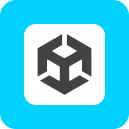
Unity3D

Blender
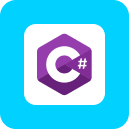
C#
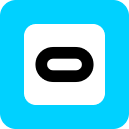
Oculus Rift
Development Process
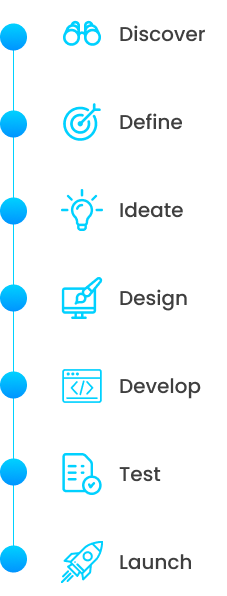
Discover Phase
Our team conducted a comprehensive analysis to gain insights into existing VR science education solutions and identify opportunities for differentiation, ensuring our platform offers a unique and compelling user experience.

Qualitative Research
- In-depth interviews
- nsights from students, teachers, educational institutes, and learning experts.
- Pain points and aspirations identified.

Quantitative Research
- Surveys and questionnaires
- Data collection from diverse student and teacher populations
- Analysis of preferences and attitudes

Brainstorming
- Collaborative sessions.
- Creative idea generation.
- Exploration of VR technology's potential.
Define Phase
User Persona

 Diana Swift
Diana Swift
Age: 16
Occupation: High School Student
Location: Chicago, USA
Archetype: The Enthusiastic Learner
Sarah seeks immersive and interactive science learning experiences to fuel her curiosity and gain practical knowledge beyond the boundaries of her traditional classroom.
 Bio
Bio
 Goals
Goals
- Gain hands-on experience in conducting science experiments.
- Deepen understanding of complex scientific concepts.
- Access a variety of experiments and simulations to expand knowledge.
- Collaborate with peers and engage in interactive learning experiences.
 Frustrations
Frustrations
- Limited access to well-equipped science labs in her school.
- Lack of opportunities for practical experimentation.
- Monotonous textbook-based learning.
- Inability to visualize abstract scientific concepts.
 Motivations
Motivations
- Desire to excel academically in the field of science.
- Curiosity-driven exploration of scientific phenomena.
- Interactive and engaging learning experiences.
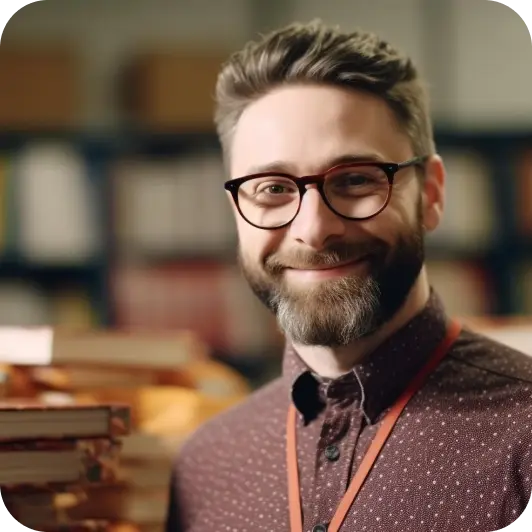
 Professor James
Professor James
Age: 45
Occupation: Science Educator
Location: Sydney, Australia
Archetype: The Innovative Educator
Professor James seeks a virtual reality solution to enrich science education, overcome resource limitations, and inspire students to explore in the field of science.
 Bio
Bio
Professor James is a dedicated science educator with years of teaching experience. He strives to provide his students with the best learning opportunities and is constantly exploring innovative approaches to make science education more engaging and impactful.
 Goals
Goals
- Enhance student engagement and participation in science classes.
- Foster a deeper understanding of scientific principles and concepts.
- Provide students with hands-on experimentation opportunities.
- Encourage collaborative learning and problem-solving skills development.
 Frustrations
Frustrations
- Limited resources and equipment in the school's science lab.
- Difficulty in catering to different learning styles and abilities.
- Student disinterest and lack of engagement in science subjects.
- Inability to replicate real-world scenarios and experiments in the classroom.
 Motivations
Motivations
- Creating a dynamic and interactive learning environment.
- Empowering students to become critical thinkers and problem solvers.
- Utilizing technology to enhance science education.
- Making science accessible and exciting for all students.
Empathy map
Thinks
- Traditional science labs are limited and do not provide enough hands-on experiences.
- Virtual reality can offer immersive and engaging learning opportunities.
- Practical experimentation is crucial for a deeper understanding of scientific concepts.
Does
- Actively seeks additional resources and materials to supplement classroom learning.
- Participates in extracurricular science activities and clubs.
- Expresses interest in virtual reality and its potential for enhancing science education.

Feels
- Curiosity and eagerness to explore scientific phenomena.
- Frustration due to limited access to well-equipped science labs.
- Excitement and enthusiasm for interactive and visually stimulating learning experiences.
Says
- “I wish there were more opportunities to conduct experiments in science class.”
- “I struggle to visualize complex scientific concepts without hands-on experiences.”
- “I want to learn in a more interactive and engaging way.”
Thinks
- Traditional teaching methods need to be supplemented with innovative approaches.
- Virtual reality can bridge the gap between theory and practice in science education.
- Student engagement and understanding can be enhanced with interactive experiences.
Does
- Explores new teaching methodologies and technologies to enrich science education.
- Encourages hands-on experimentation and student collaboration.
- Expresses interest in virtual reality solutions to overcome resource limitations.

Feels
- Motivated to provide the best science education to students.
- Frustration with limited resources and equipment in the school’s science lab.
- Excitement and curiosity about the potential of virtual reality in the classroom.
Says
- “I want to make science classes more engaging and interactive for my students.”
- “We need more practical experimentation opportunities in the classroom.”
- “Virtual reality can revolutionize the way science is taught and learned.”
User Journey Map
| Stage | Registration | Onboarding | First Session |
|---|---|---|---|
| Actions |
|
|
|
| Touchpoints |
|
|
|
| Customer Thoughts | ""I'm excited to explore the VR Science Labs. Let's get registered and see what this platform has to offer."" | "I'm glad the verification process was straightforward. Now, let's download the app and learn how to use it. I hope the tutorial helps me quickly understand the VR experience." | "This lab is incredible! I can't believe I'm conducting experiments in a virtual environment. The instructions are clear, and the tools are realistic. I'm excited to see the results." |
| Customer Feeling |  |
 |
 |
Conceptualization Phase
User Flow
- Physics
- Chemistry
- Biology
- Home
- About Us
- Features
- Experiments Library
- Virtual Tours
- Blog
- Contact Us
- virtual Science Labs
- Interactive Experiments
- Collaborative Learning
- Data Analysis Tools
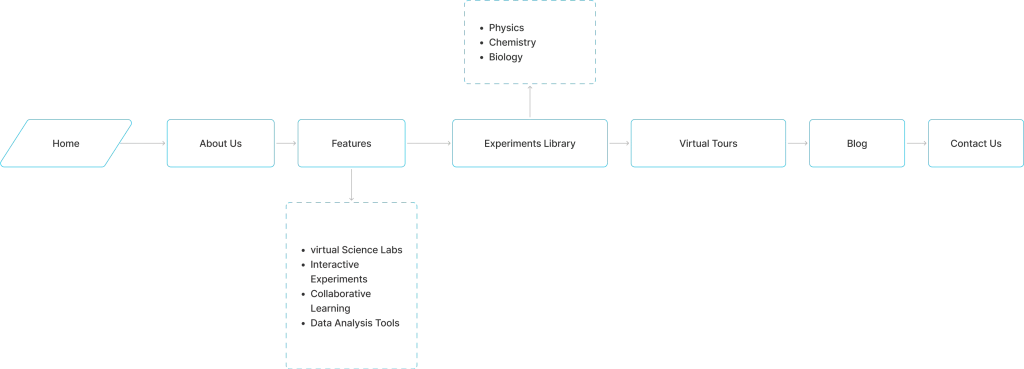
Design Phase
During the design phase, we translated our research findings and insights into visually appealing and intuitive design elements, creating an engaging and immersive interface for the VR science labs platform that promotes effective learning and experimentation.
Visual Identification
 Colors
Colors

#2196F3
Material Blue

#FF9800
Accent Color
 Font
Font
Headings
Rockwell Bold
Body Text
Benbo
Hi-Fi Design
Leveraging high-fidelity design techniques, our team meticulously crafted pixel-perfect visual representations of the platform’s interface, incorporating the identified user needs and design principles to ensure a visually stunning and delightful user experience.
Virtual Science Labs:
Experience Science Beyond the Classroom
Immersive virtual environments that replicate real-world science labs. Conduct experiments, manipulate equipment, and observe scientific phenomena in a virtual setting.
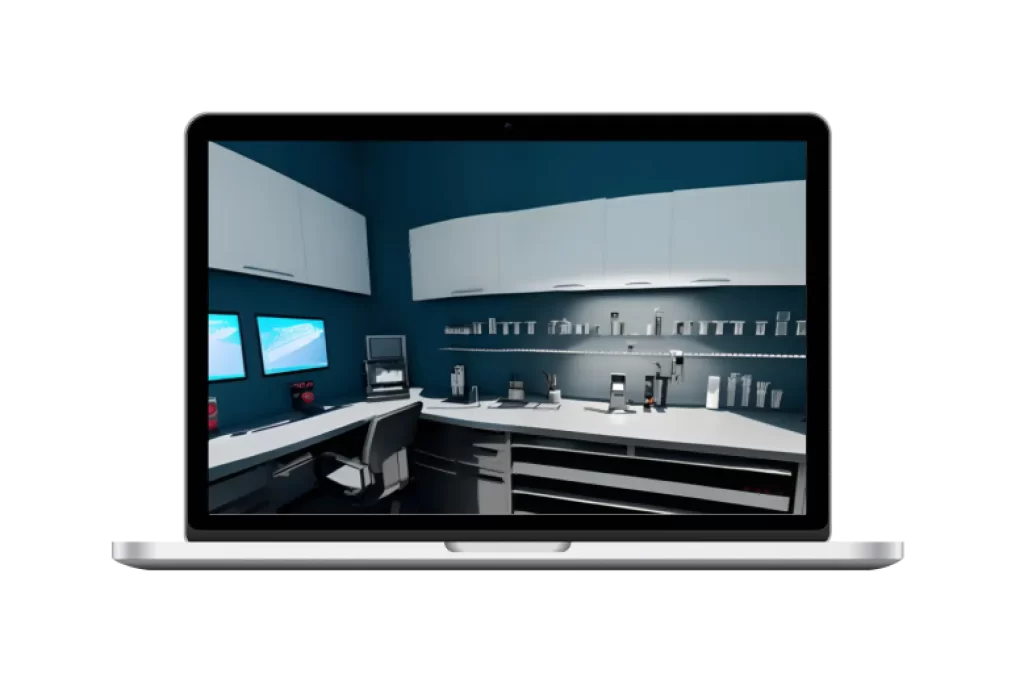
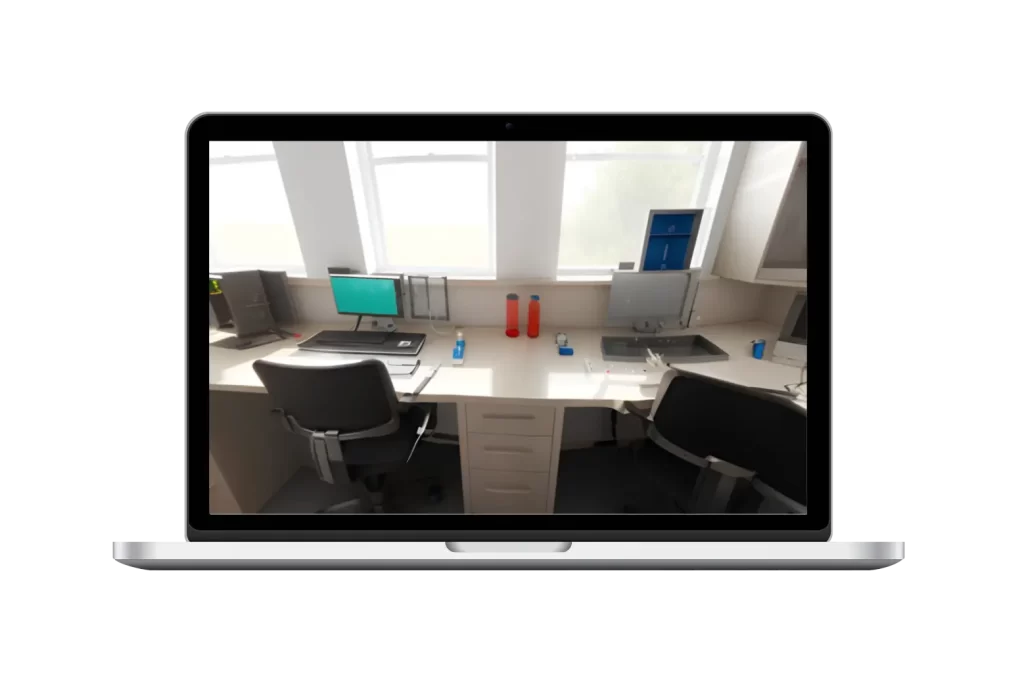
Interactive Experiments:
Hands-on Learning in Virtual Reality
Engage with interactive experiments, simulations, and models. Perform virtual lab procedures, collect data, and analyze results in a dynamic and engaging manner.
Collaborative Learning:
Connect and Learn Together
Collaborate with peers, educators, and experts in the virtual environment. Foster teamwork, knowledge sharing, and problem-solving through group projects and discussions.
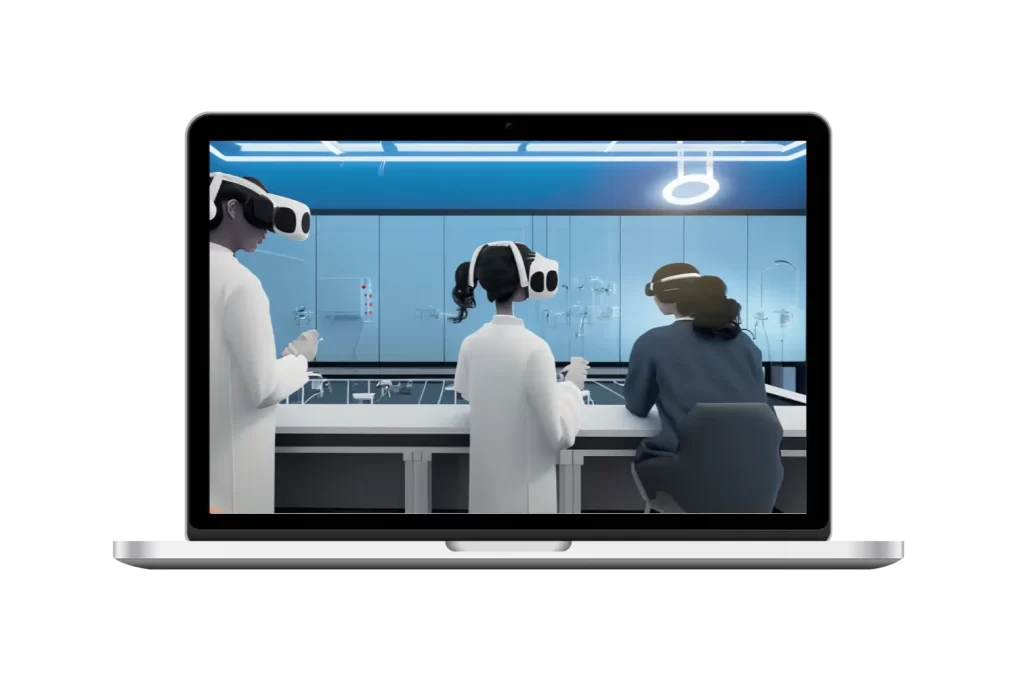

Experiments Library:
Extensive Collection of Science Experiments
Development Phase
Project Goals

Enhance Experiential Learning:
Provide students with immersive virtual reality science labs that enable hands-on experimentation, realistic simulations, and interactive exploration, fostering experiential learning.

Expand Access to Quality Science Education:
Overcome resource limitations and geographical constraints by offering a scalable virtual platform that grants students, regardless of location, access to high-quality science education through VR-based labs and experiments.

Foster Collaboration and Engagement:
Facilitate collaboration among students, educators, and experts within the virtual environment, promoting active participation, knowledge sharing, and problem-solving skills development, thus enhancing student engagement and academic outcomes.
Development
Approach
Seamless Integration of VR Technology
Concern
Solution
Extensive research and collaboration with VR experts to select the appropriate development tools and platforms, such as Unity3D or Unreal Engine, and leveraging industry best practices for seamless integration of VR experiences into the virtual science labs.
Seamless Integration of VR Technology
Concern
Solution
Extensive research and collaboration with VR experts to select the appropriate development tools and platforms, such as Unity3D or Unreal Engine, and leveraging industry best practices for seamless integration of VR experiences into the virtual science labs.
Scalability and Accessibility:
Concern
Ensuring scalability and accessibility of the VR science labs to reach a wide audience and accommodate various hardware setups.
Solution
Designing the platform to be compatible with a range of VR headsets, such as Oculus Rift or HTC Vive, ensuring accessibility across different devices and budgets. Optimizing the platform to be scalable, allowing for easy expansion of content, experiments, and features to cater to growing user demand.
Testing Phase
These tests were specifically conducted for the VR science labs project to ensure a user-friendly interface, optimal performance, and compatibility across different VR devices and browsers.
Usability Testing
Evaluating User-Friendliness and Navigation
- Assessing the intuitiveness of platform navigation and user interface.
- Gathering feedback on the ease of accessing experiments, tools, and resources.
Immersion Testing
Assessing Realism and Engagement
- Measuring the level of immersion and realism provided by the virtual science labs.
- Evaluating user engagement and the extent to which the platform replicates a physical lab experience.
Performance Testing:
Ensuring Smooth Functionality and Responsiveness
- Testing platform performance under varying load and usage scenarios.
- Assessing the responsiveness of interactive elements, data analysis tools, and virtual tours.
Ready to achieve similar results for your own business? Contact us today to see how we can help you meet your goals.
Contact Us
- F 337, Industrial Focal Point, Phase 8B, Industrial Area, Sector 74, SAS Nagar, Punjab 160055
- SCF 98, Phase 11, Sector-67 Mohali, 160062
- 651 B Broad St, Middletown, 19709, county New Castle Delaware, USA
- [email protected]
- (+1) 628 432 4305
HR contact details
Follow us on

Idea Usher is a pioneering IT company with a definite set of services and solutions. We aim at providing impeccable services to our clients and establishing a reliable relationship.
Our Partners
Contact Us
- SCF 98, Phase 11, Sector-67 Mohali, 160062
- 651 B Broad St, Middletown, 19709, county New Castle Delaware, USA
Follow us on

Idea Usher is a pioneering IT company with a definite set of services and solutions. We aim at providing impeccable services to our clients and establishing a reliable relationship.









